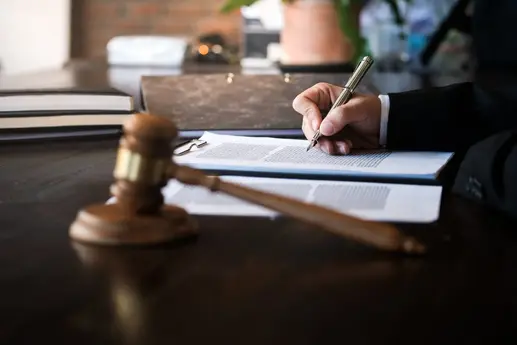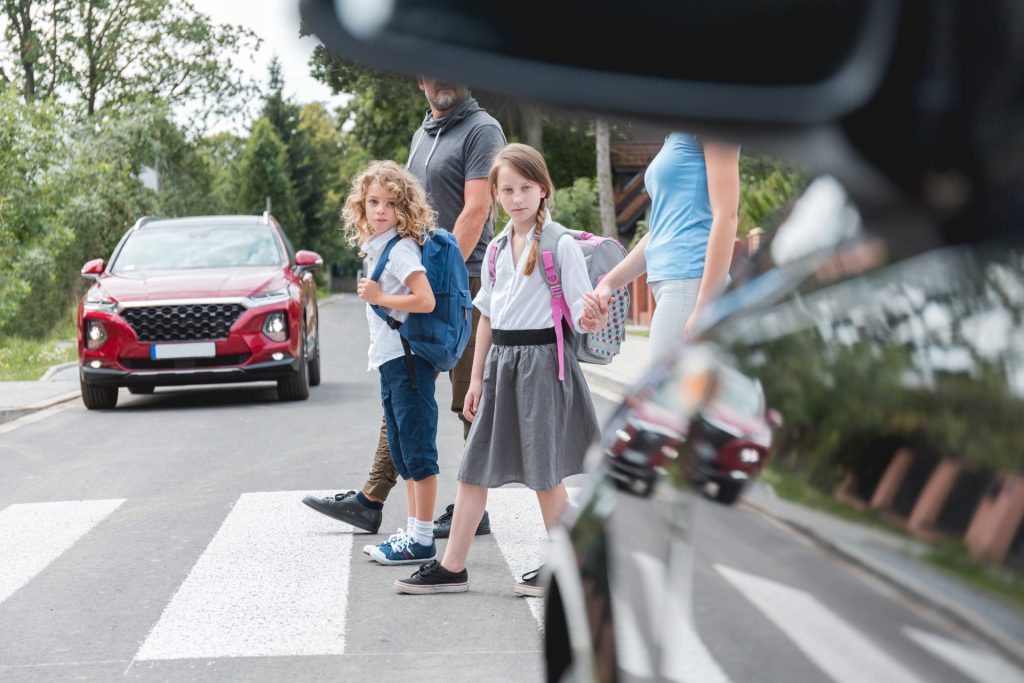 Leandra’s Law: One Year Later
Leandra’s Law: One Year Later
The short answer is no, the driver isn’t always going to be determined to have been at fault in an accident with a pedestrian. They may be found liable in many cases, but not always. If you are a pedestrian who’s been injured in an accident by another driver, contacting a personal injury attorney is recommended. These are complicated cases, especially when factoring in New York’s status as a no-fault state.
What Is a No-Fault State?
A no-fault state is one in which, no matter who was at fault in any kind of vehicle accident, each party will look to his or her vehicle insurer to pay the medical bills, certain transportation costs, and wage loss up to $2,000 a month, arising out of a crash where the injured person was driving or a passenger in a car.

New York requires that insurance companies provide a minimum of $50,000 in basic no-fault benefits. The rules are different if you were a pedestrian involved in an accident with a car or truck. You would file a claim for no no fault benefits with the insurance company for the vehicle which struck you. You would not seek such benefits with your own insurance company.
H3 What are the minimum liability limits in New York?
How much an insurance company will pay to settle a case depends upon a number of factors, including the amount of the coverage on the offending vehicle. New York state requires the following liability insurance minimums:
- $25,000/$50,000 per injured person
- $50,000$100,000 for death
- $10,000 for property damage
- $50,000 personal injury protection coverage
- $25,000/$50,000 per uninsured injured motorist
When Am I Eligible to File a Lawsuit Against the Driver in My Pedestrian Accident?
New York state law requires that an injured person demonstrate that he or she has sustained a “serious injury” as defined in Insurance Law Section 5102(d), in order to sue for personal injuries arising out of a car accident. This is so, even where the driver was grossly negligent or even reckless in causing the accident.

Some of the injuries that are considered serious and frequently result from driver negligence include:
- More than $50,000 in economic damages, including medical costs and lost wages
- Death
- A fracture
- “significant disfigurement”, i.e., a scar. This must be one that “a reasonable person would view as unattractive, objectionable or as the subject of pity or scorn
- A medically determined injury or impairment which prevents the person from performing all or substantially all of their activities of daily living for a minimum of 90 days out of the first 180 days following the crash
- Permanent loss of use of a body organ
What Are Situations Where the Driver Is Not at Fault?
There are a few situations where the driver may be determined not to be at fault. These include:
- The pedestrian did not obey traffic signs and lights, such as crossing when the DO NOT WALK signal was flashing.
- The pedestrian was under the influence of alcohol or drugs at the time of the crossing, and walked into the street between two parked cars directly into the path of a moving vehicle
In some of these situations, such as the pedestrian being careless and not crossing at the right place or time, the pedestrian’s lawsuit against the driver would likely be unsuccessful
There are also times when both the driver and pedestrian are at fault. For example, the driver may have been speeding while the pedestrian was jaywalking. Hypothetically speaking, a jury could assign the driver with 60% of the fault and the pedestrian 40%. In that case, the amount of damages awarded by a jury in favor of the pedestrian would be reduced by 40% by the judge after trial.
Are There Situations Where Neither the Driver nor the Pedestrian Is at Fault?
These situations are relatively rare, but on occasion, facts can support a claim against the vehicle manufacturer or a repair shop, where the cause of the crash was determined to be negligently manufactured or designed brakes, or repairs to a vehicle’s brakes that were improperly performed by the repair shop.
How Do I Prove the Driver Was at Fault in My Pedestrian Accident?
There are numerous reasons a driver can be at fault, either fully or partially. It usually involves the driver not taking proper care and failing to drive safely.
- The driver may have been distracted. New York is a hands-free state, which means drivers can’t legally have a cell phone in their hand while driving. They must use hands-free devices, such as Bluetooth. However, even driving while speaking on a cell phone using Bluetooth can still cause the driver to be distracted. We have found that cell phones aren’t the only distraction drivers encounter. Other distractions include eating or drinking a beverage while driving, having a pet loose in the vehicle, adjusting the radio, or checking children in the back seat.
- The driver may be impaired. Driving while Intoxicated (DWI) or while ability impaired by drugs (DWAI) is illegal in New York precisely because it reduces a driver’s ability to react and make safe choices while driving.
- The roads may be in poor condition due to snow, ice, or heavy rains. New York law requires drivers to reduce their speed below the posted speed limit when faced with adverse weather conditions. A driver can be determined to be at fault for failing to drive at an appropriate speed and keep an appropriate distance from another vehicle during bad weather.
- The driver was speeding or otherwise driving recklessly.
- The driver failed to yield the right-of-way or exercise due care–, such as not stopping for a pedestrian in a crosswalk.
What Should I Do if I as a Pedestrian Was Injured by a Driver in an Accident?
First, seek medical attention right away, even if you think you’re alright. Some injuries, including serious injuries, don’t always have immediate symptoms. Go to an urgent care or a hospital on the date of the crash. If you develop symptoms days or weeks later, return to the doctor for a re-evaluation.

Once you’ve been medically assessed, call us as soon as possible at 914-946-2500 to request a free case evaluation with one of our White Plains, NY car accident attorneys. We can help guide you through the process of filing claims and potentially filing a lawsuit.
Call your own insurance company and report what happened.
It is crucial that you refrain from speaking with the driver’s insurance company. Some insurance companies are very aggressive in contacting you at home and on your cell phone after a car accident. The insurance adjuster for the driver and owner do not represent your best interests. They are looking to protect the insurance company, not you. Refer them to your attorney and say nothing else.


